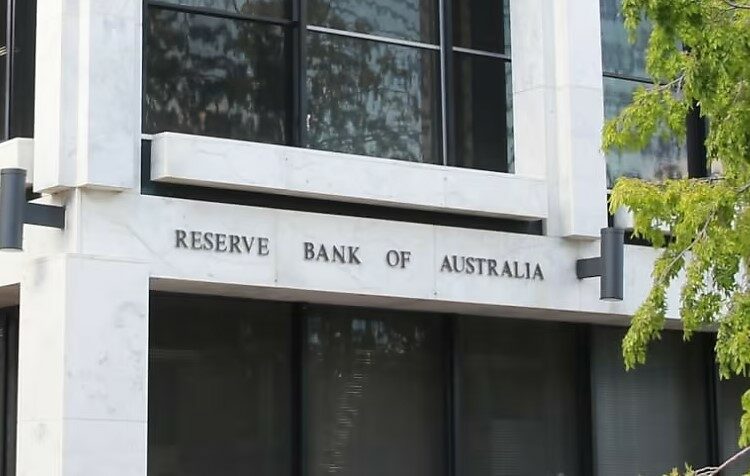Australia’s housing supply constraints are expected to worsen, with a shortfall of more than 100,000 homes over the next five years.
National Housing Finance and Investment Corporation (NHFIC) State of the Nation’s Housing 2022–23 research report warned the undersupply of housing is set to worsen as demand continues to outpace supply.
The report showed a slowdown in supply, together with increasing household formation, is expected to lead to a shortfall of around -106,300 dwellings (cumulative) over the five years to 2027 or -79,300 over the next 10 years.
The combination of a ‘stronger-than-anticipated’ population recovery, following the opening of the borders in early 2022, construction costs and delays, alongside the steep increase in interest rates is exacerbating housing affordability and an already tight rental market, the report revealed.
NHFIC chief executive Nathan Dal Bon said Australia’s housing affordability and supply constraints were likely to remain challenging for some time, underscoring the need for a “holistic approach to mitigate the housing pressures Australians are facing”.
The Centre for Population expects net overseas migration to increase by 268,000 between 2022 and 2024, with recent data suggesting this could be considerably higher.
The Property Council of Australia’s CEO Mike Zorbas said the emerging 79,300 home deficit was a “grim warning”.
“It reminds us that state, territory and local governments simply have to lift their run rates on housing supply across the at market, key worker and social housing spectrum,” he said.
“We also need to urgently move the housing needle by creating the right investment conditions for new build-to-rent housing, purpose-built student accommodation and retirement living communities.
“We need this for our existing population and to continue to attract the skilled migrants and students who support our education sector and bridge the huge gaps in our mining, construction agricultural and retail workforces nationally.”
Construction constraints weigh on supply
The NHFIC report explained the rapid return of population growth coinciding with the fastest increase in interest rates for several decades is “undermining residential construction feasibilities and weakening the pipeline of new housing”.
“Strong demand for housing coupled with tight supply of both labour and materials, and bad weather has put significant pressure on the construction industry,” the report noted.
“Approximately 28,000 dwellings were delayed in 2022. NHFIC’s industry consultation suggests builders are making cost allowances of up to 40 per cent for unexpected delays, up from a more normal 20 per cent.”
The NFHIC report revealed more than 1.8 million new households are expected to form across Australia from 2023–33, comprising 1.7 new occupied households and 116,000 vacant properties.
It also expects single-person households to be the “fastest growing household type across the country”.
“From 2023 to 2032, household formation is expected to be dominated by lone person households (563,600 additional households), followed by couples with children households (533,300 additional households),” the report said.
The Housing Industry of Australia’s chief economist, Tim Reardon, expects the government will fall “well short of their goal of building one million homes over five years”.
“Every state and territory need to take action to attract more investment in the housing sector to improve the supply of new homes,” added Mr Reardon.
“The imposition of a range of punitive taxes on investors by state governments, combined with additional constraints through the FIRB and diplomatic disputes, has seen investors withdraw from the market.
“At the same time, the cost of new apartments is set to increase in 2023 with new regulatory costs imposed through building regulations.
“These regulatory costs are in addition to the increased cost of labour and materials that increased rapidly over the last two years.
“The combination of increased costs and less investment has seen apartment construction slow well below what is needed in a typical year of population growth.”
The NHFIC report continued to expect a shortage of apartments and multi-density dwellings for rent over the medium term.
Net additions of apartments and medium-density dwellings such as town houses are projected to be around 57,000 a year (on average) over the five years to 2026–27, around 40 per cent less than the levels seen in the late 2010s, the report said.
Meanwhile, the premium for space at home, with ongoing work-from-home arrangements following the pandemic has also contributed to reducing average household size.
“Analysis shows that decreasing household size since mid-2021 led to an additional 341,500 households forming, or around 103,000 in net terms since the beginning of COVID-19,” the report said.
Housing Australia Future Fund
Meanwhile, Minister for Housing and Homelessness, Julie Collins, said the findings highlighted the importance of the government’s proposed Housing Australia Future Fund that will double the number of new social housing dwellings added to the stock each year for at least five years from 2024.
“This report is another reminder that too many Australians are struggling to secure safe and affordable housing,” Ms Collins said.
“The findings highlight the need to pass legislation currently before the Parliament to establish the $10 billion Housing Australia Future Fund.
“The Fund will help deliver 30,000 new social and affordable homes in its first five years. It will create a secure, ongoing pipeline of funding for social and affordable housing over the long term.”


